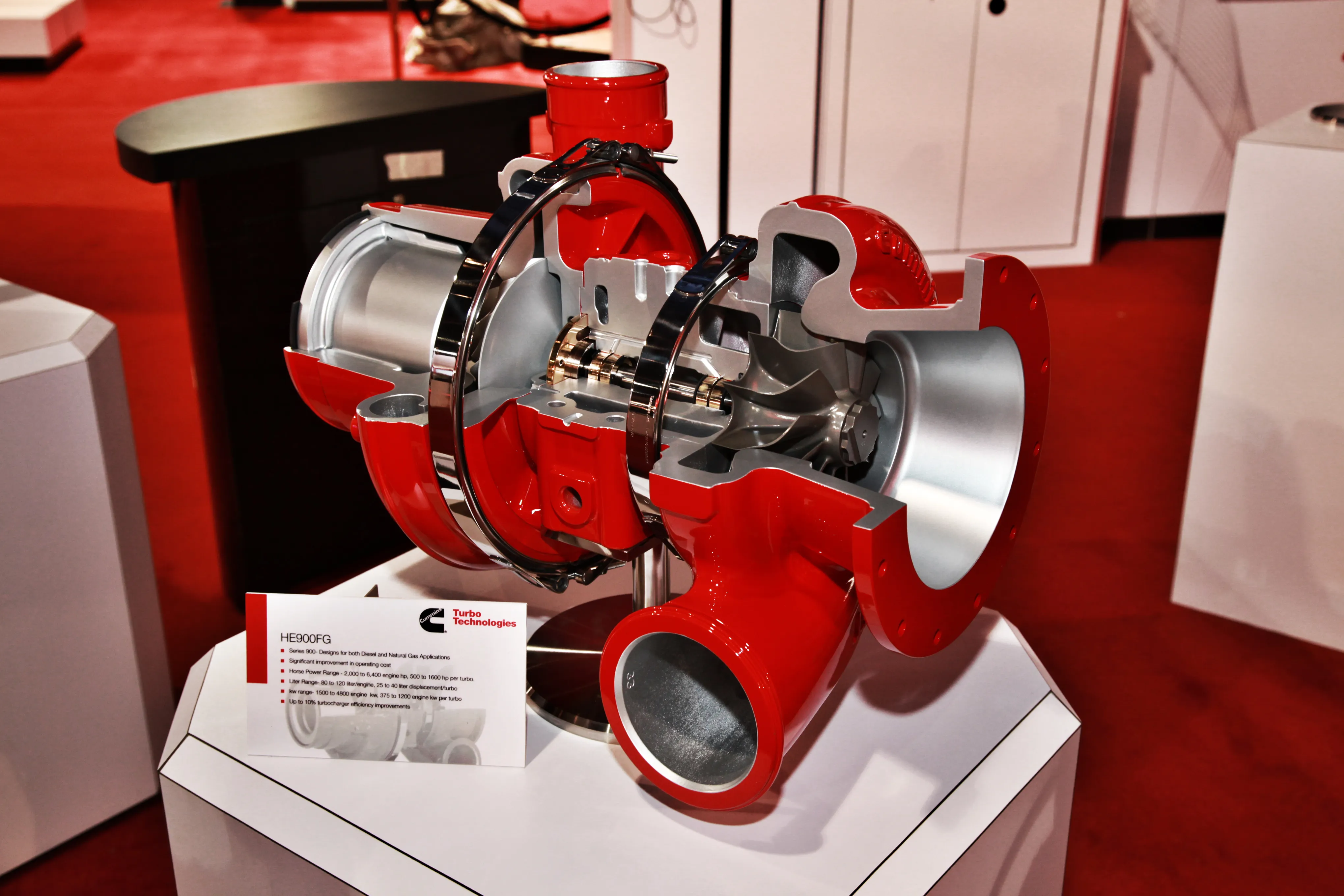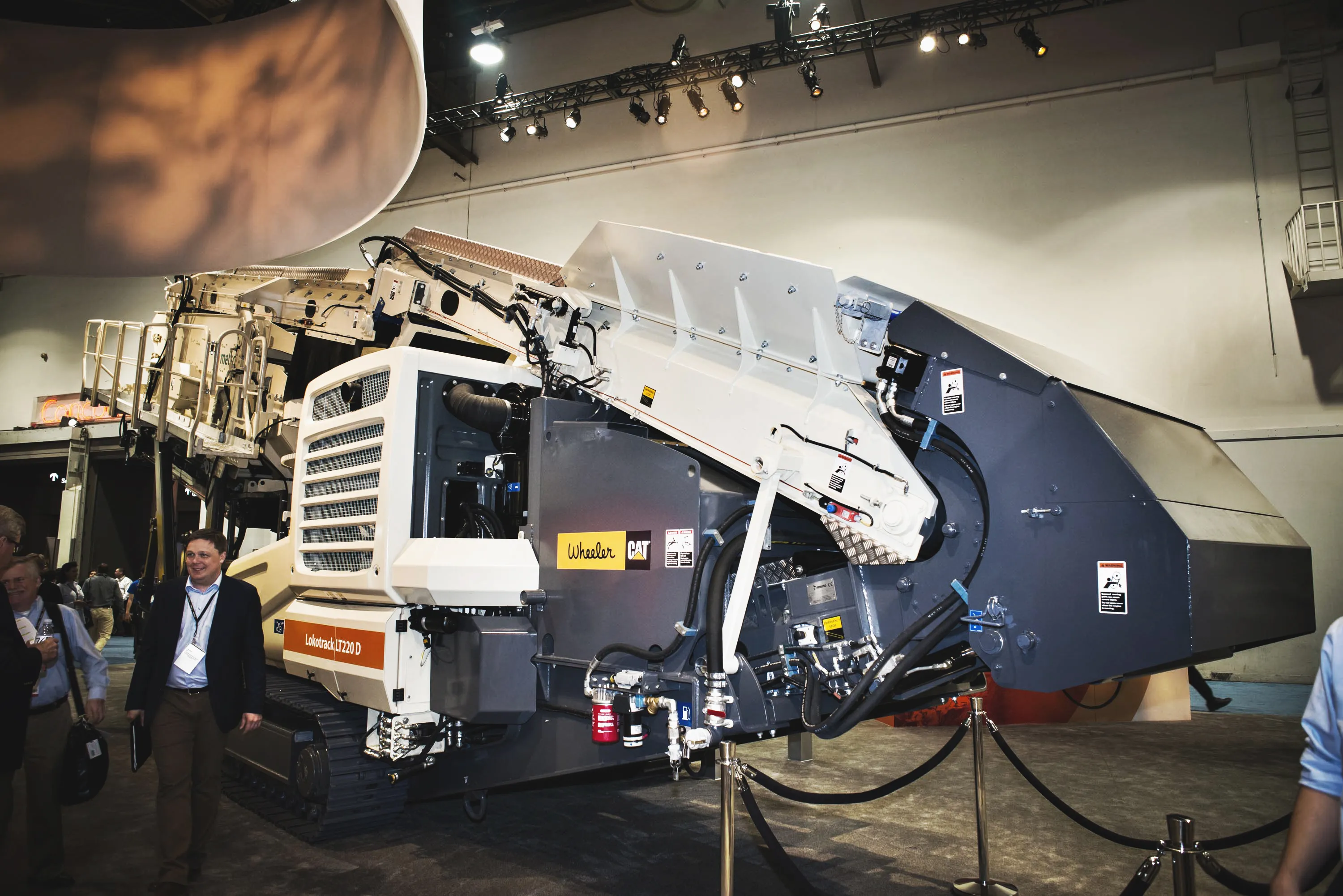Cummins Turbo Technologies (CTT), a global engineering leader in turbocharger technology, is revealing a new range of large turbochargers for engine capacities of 16litres and above at Conexpo. Called the 900 series, the new turbo platform sits between the 800 and 1000 series models and is said to provide robust, flexible solutions for the off-highway sectors, including quarrying and mining applications. Designed to meet the diverse duty cycles of engines from 16-120litres, the 900 series draws on CTT’s 30
January 17, 2014
Read time: 3 mins

Jonathan Wood, CTT’s executive director of research and engineering, said the firm has developed the most efficient turbochargers in this range which, complete with new technologies, are capable of improving overall turbocharger efficiency of a typical application by up to 10%. “With the 900 series, we have focussed on efficiency and as a result, have totally redesigned impellor and turbine profiles to deliver up to 10% more efficiency through better air flow,” he said.
Changes to the intake have enabled CTT to install what it calls a bespoke Super Map Width Enhancement ahead of the impellor. Such a design is said to prevent surge and it will also lower working noise levels. “In certain applications, we would expect the higher efficiency of the 900 series to enable one turbocharger to replace a two-stage turbocharger installation,” he said. “This will simplify packaging issues for OEMs, without compromising on performance. It does have a high pressure capability.”
The modular build of the 900 series has resulted in both the compressor and exhaust housings mounted on V-clamps, giving 360-degree rotation of housings to simplify plumbing of pipework. The wide, central core and bearing housing also enables the turbocharger to be pedestal mounted. “A pedestal mounting will take pressure off the turbine housing, which is where most turbochargers are mounted to their engines,” he said. “This will avoid stress cracks and failures with manifolds.”
The bearing housing is water-cooled and gets an integrated speed sensor to monitor turbocharger speeds via the engine’s ECM, offering additional diagnostic potential and engine protection. Bearings are lead-free and corrosion-resistant, suiting applications operating on landfill gas where fuel corrosion remains a challenge. Cummins Turbo Technologies has also unveiled plans for investment in future technology solutions for the range to improve fuel efficiency. The shift in focus to prioritise fuel economy highlights CTT’s belief that the industry has now reached the tipping-point at which global engine and equipment manufacturers are developing products designed to insulate customers from rising fuel prices.
%$Linker:








